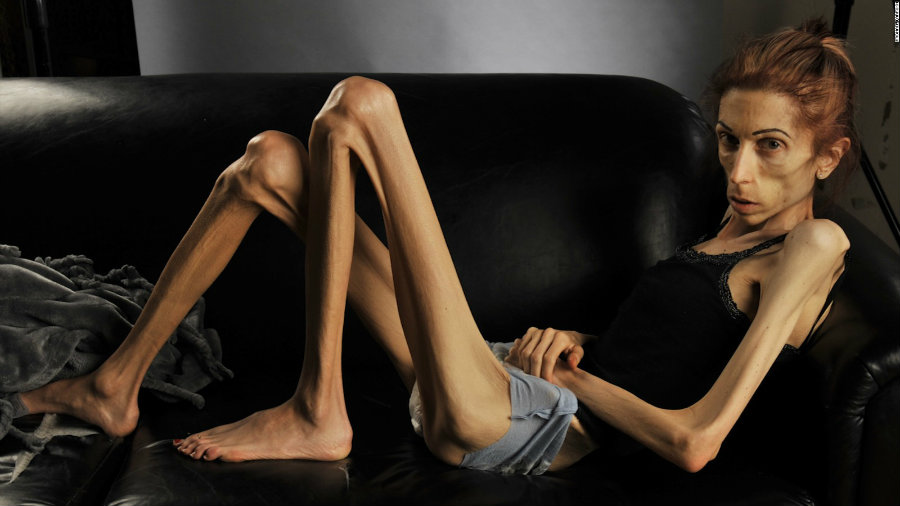A team of specialists from the American Academy of Pediatrics (AAP) has developed a new approach for parents to lead their teenage kids into a more healthy lifestyle, focusing on eating right instead of weight loss.
The Centers for Disease Control and Prevention (CDC), ensure that childhood and teenage obesity rates have quadrupled in the past 30 years leading kids into an unhealthy lifestyle filled with dangers.

Rates for adolescent overweight on teens between 12 and 19 years-old have increased from 5 percent to 21 percent over a 30 year period, the CDC informs, which is why the AAP has been looking for strategies to reduce the rates.
However, losing weight is not an easy task for anyone and especially for teenagers surrounded by junk food. Even though several factors influence obesity, lifestyle is the main one.
A recent article published by the AAP seeks to prevent or reduce obesity rates through a new approach that helps parents guide their children into a healthier and more fitness lifestyle.
It’s all about the approach
When trying to obtain a better figure people and especially teens focus on weight loss, measuring their calories intake and the amount of weight they have lost during their dieting.
According to the AAP’s guidelines, focusing on weight is unhealthy and ineffective for teenagers since it leads them to disorders such as anorexia, bulimia, skipping meals and taking weight loss pills.

Although these methods might lead teens to lose weight, is a dangerous road that affects the teenager’s development and health. The AAP recommends parents drive their kids to healthy eating without focusing on the weight loss.
To get teens focusing only on healthy eating, the AAP recommends having regular family meals with a balanced diet to create a healthy image for the teenagers. This method might encourage them to consume a balanced diet and feel better about themselves.
Guidelines suggest that parents avoid talking about weight or mentioning the teens’ body image since this could create an unhealthy perception of their body and lead to dangerous methods.
“This is a dangerous category of patient because they’re often missed by physicians, at some point these patients may have had a real need to lose weight, but things got out of control,” said Neville Golden, lead author of the AAP’s guidelines.
According to Golden, who is also a professor of pediatrics at Stanford School of Medicine, around 40 percent of teen patients fall under the category that uses dangerous methods to lose weight.
The research also implies that when parents talk poorly about their body image, teens and kids tend to develop a bad perception about themselves. AAP recommends positive image talking from parents.
Poor image talk from the mother leads half of teenage girls feeling bad about themselves and a quarter of teen boys who fill dissatisfied with their image.
The AAP’s guidelines focus on five important factors for the new approach to healthy eating which are discouraging dieting, using diet pills or missing meals, meanwhile, focusing teens on eating healthy and avoiding “weight talk.”
Source: AAP
